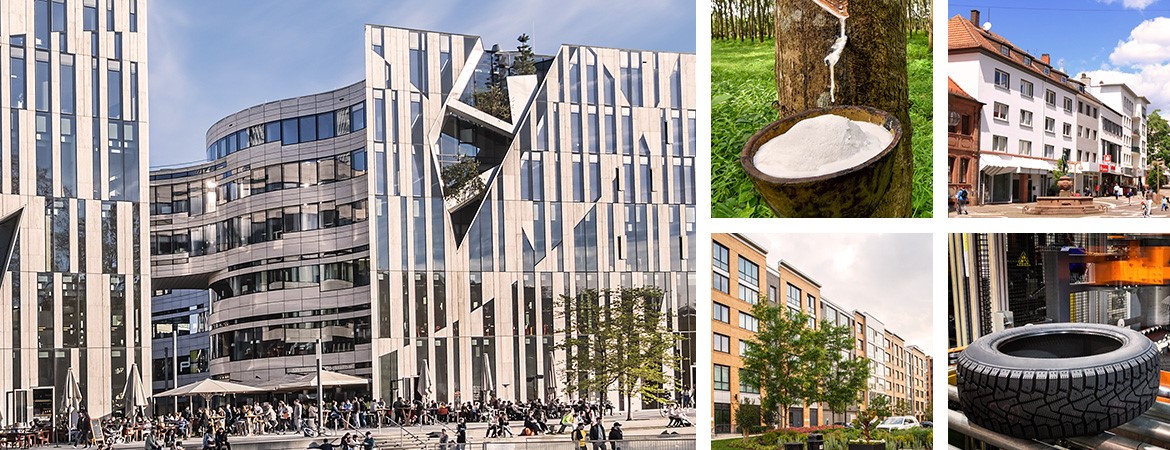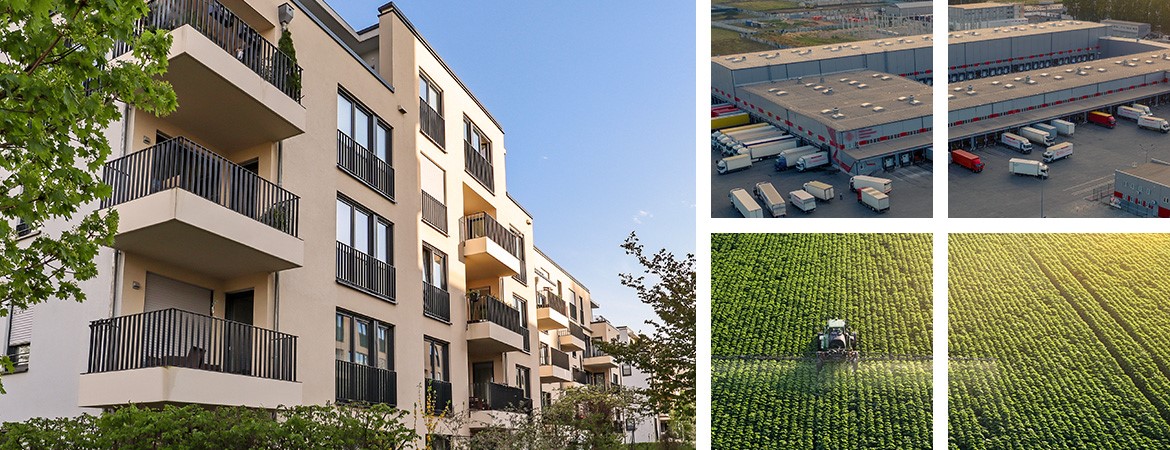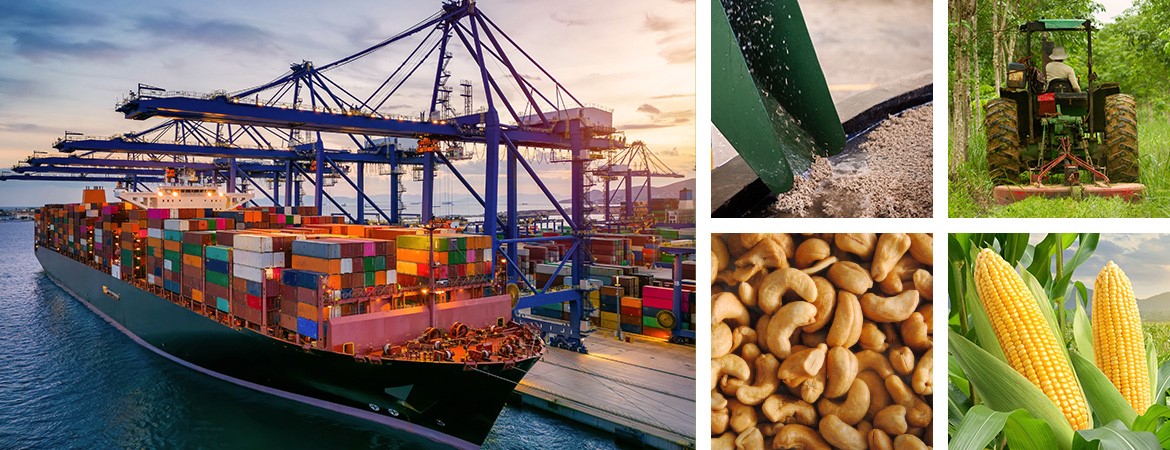








Professional care and nurturing at the right time ensure healthy and profitable growth. The main tasks here are weed control, fertilizing, and trimming the rubber trees.
In particular, removing weeds that are competing with the rubber trees for nutrients and water is a constant challenge. Legumes and chicken manure in the ground cover prevent weed growth. This has a positive effect on the soil’s nitrogen balance and promotes the growth of the rubber trees.
Maintaining the plantation in this and others makes it possible for the rubber trees to grow fast and be healthy. In the first few years, this is of tremendous importance. As soon as the tree canopy of the rubber trees gets fuller later on, the ground vegetation growth slows down because less sunlight hits the soil.
Fertilizing the rubber trees at the right time and with the suitable fertilizers is another important way to maintain the planation. This promotes strong root growth and the formation of a strong young tree canopy. TIMBERFARM uses biological fertilizers and minerals which do not harm nature.
In the first few years, professional growth pruning takes place several times to promote a good structure and shape of the rubber trees. This makes the extraction of latex unproblematic and ensures that later on the rubber tree provides timber quality which satisfies the high demands of the local and regional wood processing industry.